By Rachel Eddie and Chloe Booker
A modernist home by renowned Melbourne architect Robin Boyd is the subject of a heritage row after it was listed for sale and advertised as a redevelopment opportunity.
The 1949 home on Tannock Street in Balwyn, in the city's eastern suburbs, is an early example of Boyd's influential work and remains intact after two sympathetic extensions he designed for the owners in 1959 and 1971.
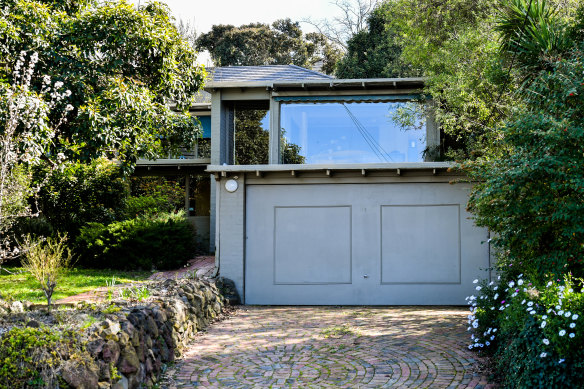
The Tannock Street home, designed by Robin Boyd in 1949.Credit: Joe Armao
An application to subdivide the land has been made, but it is on hold because there has been no demolition application to support the subdivision.
Thousands of people have signed an online petition calling for the home to be protected, prompting Boroondara councillors to unanimously agree on Monday night.
The council will write to Planning Minister Richard Wynne to ask that interim and permanent protections are extended to the home.
In 2015 Boroondara's councillors rejected advice to protect the home as they threw out a draft heritage study recommending protections for 26 properties and four precincts.
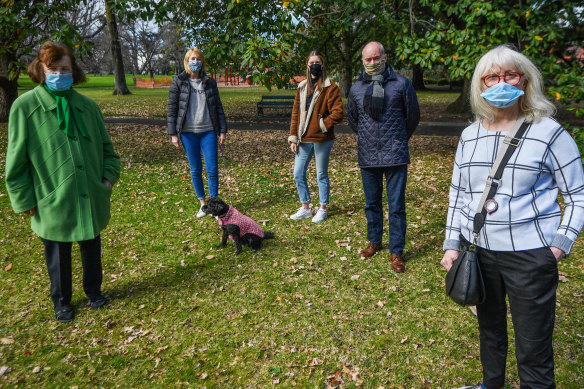
Campaigners (from left) Mary Drost, Nerida and Jess Muirden, Philip Goad and Sandra Alexander. Credit: Joe Armao
At the time, Boroondara had received 94 objections to the recommendations, including from the then-owner of the Tannock Street home.
The owner had cited "the financial impact of the proposed heritage controls", attendees at Monday's meeting heard during a council presentation on the matter.
A 2017 heritage review for Balwyn excluded properties built after 1946, due to community opposition.
Philip Goad, a professor of architecture at the University of Melbourne and board member at the Robin Boyd Foundation, said it was fantastic that councillors had agreed to seek protection for the house.
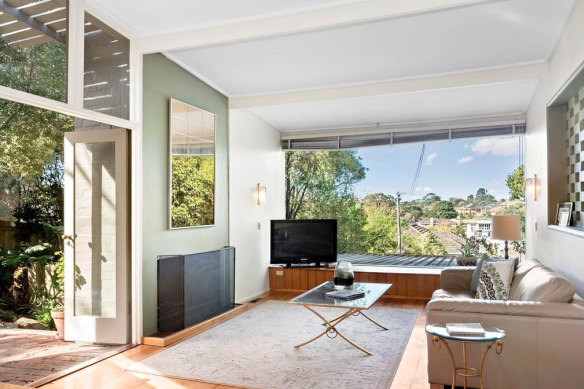
The 1949 modernist home, pictured when it was sold in 2018.Credit: Hockingstuart
"It's remarkable that more than 60 years later, it's virtually intact," said Professor Goad, who lives in the Boroondara area.
The home is considered one of a few surviving examples of Boyd's work prior to his celebrated partnership with Roy Grounds and Frederick Romberg.
The 2015 heritage study said it was an innovative example of modernist homes from the austere early post-war period, and that the 1959 and 1971 extensions had been sensitively done.
"The additions, made by the original architect, cannot be considered unsympathetic or intrusive; rather, they add an additional layer of significance for the way in which they demonstrate how Boyd, at various later stages of his career, approached the problem of extending one of his earliest houses," the report said.
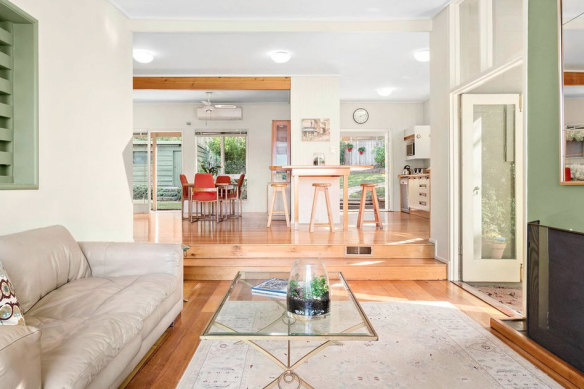
A 2015 heritage study said the home was architecturally significant as an early and intact Boyd work.Credit: Hockingstuart
The second revision also turned out to be Boyd's final project.
"While the working drawings for the additions are dated June 1971, Boyd is said to have given final instructions for the project from his hospital bed on the night before he died on October 19 that year – making it the final project in which he was personally involved before his death," the report said.
Monash University senior lecturer in architecture Jacqui Alexander, who started the change.org petition last week, said it was a shame the house was not already protected.
Ms Alexander said the two additions showed Boyd was not precious about his work, and told a story about post-war optimism and growth.
"From the social and cultural perspective, it documents the kind of upward mobility of families in the post-war period," she said.
Mary Drost, a local councillor in the early 1980s, is among the group of residents trying to save the property.
Mrs Drost said she was concerned at the loss of historical houses in the municipality, but said she was confident the home would be heritage listed after the council's unanimous vote.
"I'm actually delighted," she said.
A government spokeswoman said Mr Wynne would consider any application on its merits.
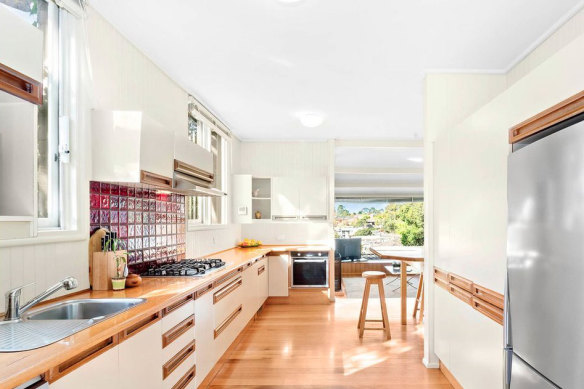
The home was extended in 1959 and 1971, with Boyd the designer on both occasions.Credit: Hockingstuart
"Under the planning system, local councils are responsible for identifying places of local heritage significance and taking the necessary steps to protect them as part of their planning scheme," she said.
If accepted, the protection plan would then be open to public consultation.
The current owner has objected to the property being protected, a council spokesman said.
Heritage is a sore spot for residents in Boroondara. Protected homes were demolished under a controversial 2018 state planning amendment that allowed property owners with an existing building permit in the council area to demolish buildings despite interim heritage orders.
The government reversed the amendment earlier this year.
Liberal heritage spokesman Tim Smith said Victoria's heritage regime needed an overhaul to stop significant properties slipping through the cracks.
The Age has attempted to contact the property's owner.
Get our Morning & Evening Edition newsletters
The most important news, analysis and insights delivered to your inbox at the start and end of each day. Sign up here.